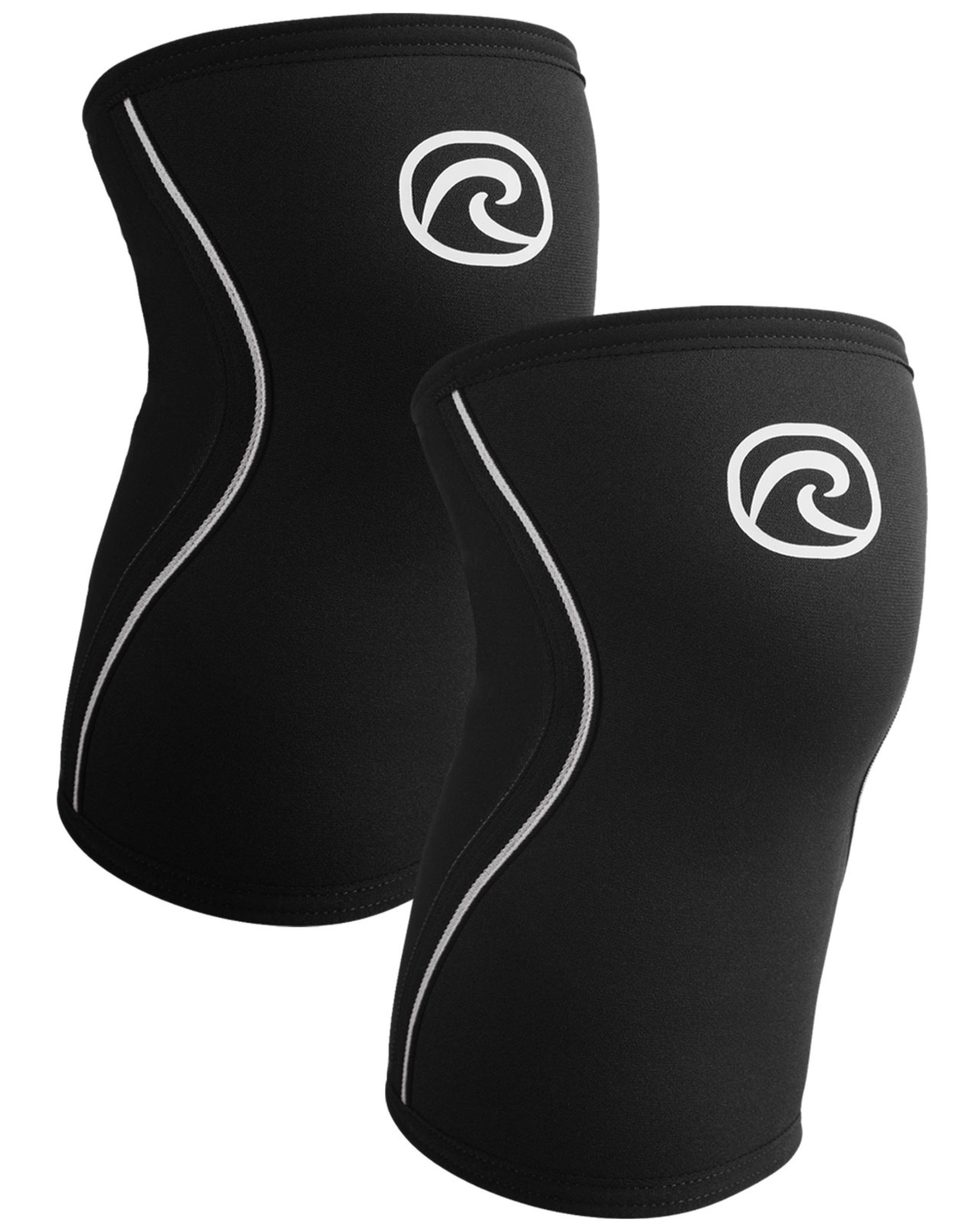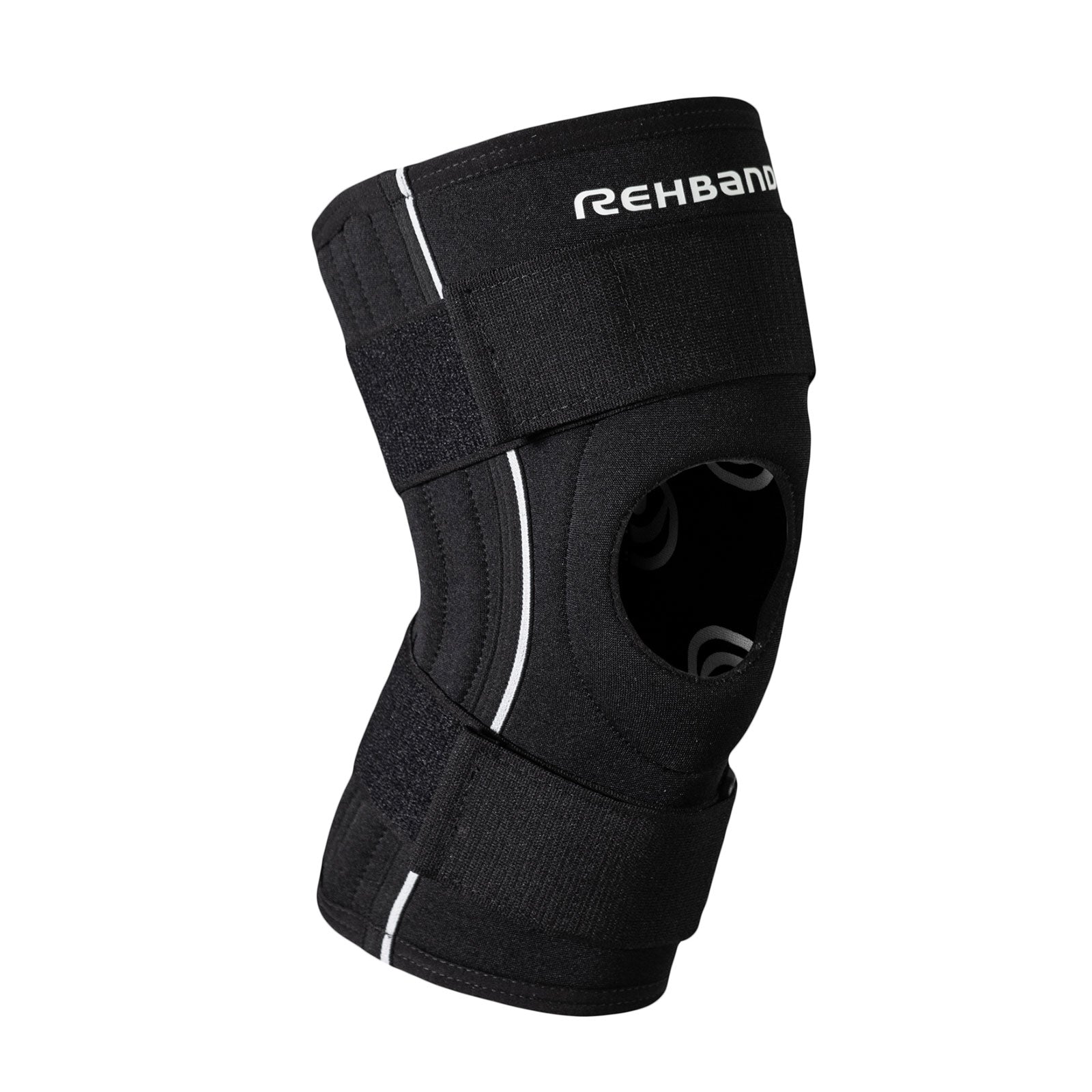Filters
23 products
RX Knee Sleeve 3mm
Sale priceFrom €26,99
RX Athletic Power-Wrap
Sale priceFrom €14,99
(€1,11/m)
QD Thermal Shorts 1.5mm
Sale price€64,99
QD Compression Socks Pro
Sale price€34,99
UD Stable Knee Support
Sale priceFrom €69,99
QD Compression Shorts
Sale price€39,99
QD Compression Calf Sleeves
Sale price€29,99
QD Ankle Support 3mm
Sale priceFrom €19,99
UD Knee Sleeve Patella Opening
Sale priceFrom €36,99
RX Knee Sleeve 5mm Junior
Sale priceFrom €21,99
RX Kinesiology Tape
Sale priceFrom €9,99
(€2,22/m)
UD Knee Strap
Sale priceFrom €21,99
UD Lace-Up Ankle Support
Sale priceFrom €44,99
UD Achilles Support 1.5mm
Sale price€59,99
QD Ankle Support 5mm
Sale priceFrom €36,99
RX Athletic Cohesive Tape
Sale price€9,99
(€0,37/m)
QD Adjustable Shin & Calf Support
Sale priceFrom €39,99
RX Athletic Sports Tape
Sale price€29,99
(€0,50/m)
UD Knee Sleeve Patella Opening Junior
Sale priceFrom €26,99
QD Thigh Support 5mm
Sale priceFrom €36,99
UD Knee Strap Junior
Sale priceFrom €19,99
QD Knee Sleeve
Sale priceFrom €23,99
RX Athletic Underwrap
Sale priceFrom €7,99
(€0,30/m)
Braces, Support Sleeves & Clothing for Soccer:























